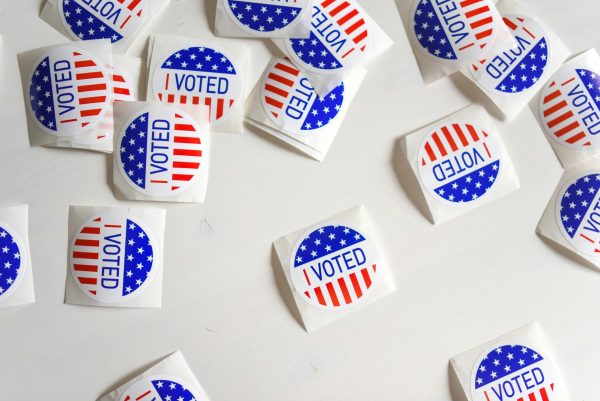Capitalism is Killing Our Planet: Here’s How We Can Help
How does capitalism impact the fashion industry?
Capitalism is an economic system that is designed to foster innovation with little government interference. Companies compete with others by producing wanted products at a low cost, making them more appealing to the consumer: us. Most companies can test the waters of the market by putting out new products, gauging how successfully the item sold, and from there deciding how to improve their item to please consumers. This concept coined the name supply and demand; companies will produce more of what is popular in efforts to get the most sales compared to their competitors.
Let’s say you’re looking for a new pair of jeans. If you see very similar jeans from two different websites, you’ll buy the cheaper one, right? Of course. Fast fashion companies understand the draw of dirt- cheap clothing.
Why does fast fashion hurt the environment?
Owning a business costs money, though. Employees must be paid, facilities must be provided, and supplies must be purchased, among a dozen more costs a business owner has to consider. Somehow, to win the market, they have to cut money to make their product cheaper but their profit the same, or higher. Cheapening products means cheapening materials, leading to more toxic chemicals in our clothes. In addition, lower costs in production create
more profit for the companies, creating a “win-win” facade. Oftentimes, fast fashion brands surpass the legal limit of lead or other harmful materials in clothing.
Simply put, sustainability is more expensive and less profitable. Using carbon-neutral techniques costs companies
more. Materials for production and shipping that are biodegradable also cost more than synthetic materials made from fossil fuels, like nylon and polyester.
Therefore, it doesn’t appear that being sustainable is profitable enough for companies in our modern-day society; many companies seem to prioritize profit over environmentally-friendly designs and use cheaper products and methods of production that harm the planet.
According to Columbia University’s Climate School, fashion production uses 93 billion metric tons of clean water,
and clothing dyeing is responsible for polluting 17 to 20 percent of global waters.
Synthetic materials that make up a large portion of our clothing can take up to 200 years to degrade, not only filling up space in a landfill, releasing greenhouse gasses as they break down.
Is there anything I can do?
Consumers (you!) can help. Where we put our money affects the way businesses produce their products (remember supply and demand?). The more people who buy from sustainable companies and move away from cheap, unsustainable brands, the more companies will notice that shift.
Not only will we be putting funding into brands that are either neutral or benefit the environment, we’ll be sending a message to those big brands: we don’t want your product. These companies will either have to change their products to become worthy of the consumer’s “demands,” or they’ll go under.
Buying sustainably is an investment in your future. The products are undeniably more expensive, but they’re also better quality. These designs are meant to last you much longer than the cheaper products, so you’ll need to buy less clothes to last you a longer time, causing you to end up spending about the same money in the long run. Spending 100 dollars on twenty poorly made, mass produced items seems like a good idea financially, until you get rid of the clothes within a year. Spending 100 dollars on one or two items that are timeless and made well is the obvious better choice.
Yet, buying sustainably is expensive in the short term. It’s unreasonable for the majority of us to get our entire wardrobe from an earth-friendly company. No one should be shamed for buying a few items that are made by fast fashion companies.
Thankfully, there are other options, such as thrifting, looking inside your community, and hand-me-downs that are both inexpensive and green. As thrifting becomes popular, there are plentiful places around CT to shop second-hand.
Pages like “Buy Nothing” on Facebook offer ways to reuse not only clothes and practically anything else. Everything given away is free, with the expectation you’ll also do some giving.
Your donation will support the student journalists of East Lyme High School. Your contribution will allow us to purchase equipment and cover our annual website hosting costs.



